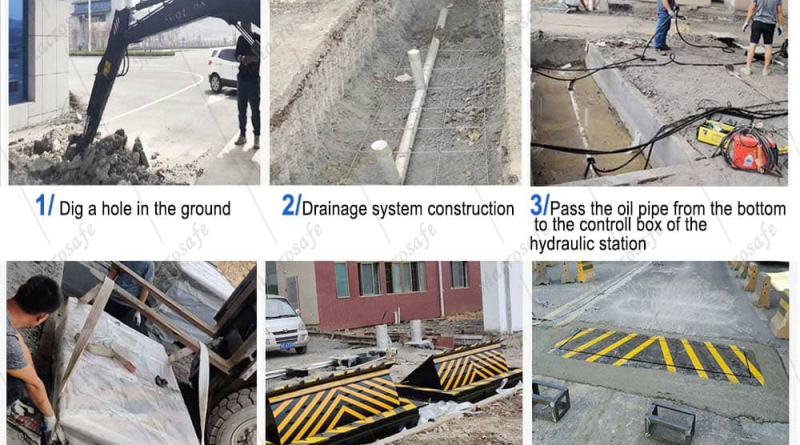Road Blockers and Emergency Preparedness: Ensuring Effective Response
In emergency situations, the ability to quickly and effectively control access to certain areas is of utmost importance. Road blockers play a vital role in emergency preparedness by providing barriers that can be deployed rapidly to control vehicular traffic. This article explores the significance of road blockers in emergency response scenarios and how they contribute to ensuring effective emergency preparedness.
1. Understanding Road Blockers:
Road blockers are robust physical barriers designed to prevent vehicular access to specific areas. They are typically installed on roads, entrances to buildings, or other critical infrastructure locations. Road blockers can be categorized into two main types: stationary road blockers and mobile road blockers. Stationary road blockers are permanently installed, while mobile road blockers are portable and can be easily deployed when needed.
2. Rapid Deployment and Flexibility:
One of the key advantages of road blockers in emergency situations is their ability to be rapidly deployed. Mobile road blockers allow for efficient and quick installation without the need for construction or excavation. This flexibility enables emergency responders to establish secure perimeters or block off roads promptly, preventing unauthorized vehicles from entering sensitive areas.
3. Controlling Vehicular Access:
Road blockers act as an effective barrier against unauthorized vehicles during emergencies. By blocking access to designated areas, emergency responders can maintain control over the situation and prevent potential threats from advancing further. This restriction of vehicular access also ensures the safety of both emergency personnel and the public, as it prevents unwanted vehicles from interfering with emergency response operations.
4. Enhancing Perimeter Security:
Road blockers play a crucial role in enhancing perimeter security during emergency situations. By strategically placing road blockers at critical access points, such as entrances to government buildings or sensitive facilities, the risk of unauthorized entry or vehicle-borne attacks is significantly reduced. Road blockers provide a robust physical barrier that deters intruders and reinforces the security of the perimeter.
5. Versatility in Design and Functionality:
Road blockers come in a variety of designs and functionalities to cater to different deployment scenarios. Some road blockers are designed to withstand high-speed impacts, ensuring that vehicles attempting to breach the barrier are effectively stopped. Others are equipped with features such as integrated traffic lights or automatic control systems to manage the flow of vehicles during emergency situations. The versatility in design and functionality allows emergency responders to choose the road blockers that best suit their specific needs and requirements.
6. Integration with Access Control Systems:
Road blocker can be integrated with access control systems to enhance their functionality and effectiveness. By connecting road blockers to a centralized control system, emergency responders can remotely activate or deactivate the barriers as required. Integration with access control systems also allows for the implementation of additional security measures, such as vehicle identification systems or license plate recognition technology, further strengthening the security and control of vehicular access during emergencies.
Conclusion:
Road blocker play a vital role in emergency preparedness by providing a rapid response solution to control vehicular access. Their ability to be quickly deployed, flexibility in design, and integration with access control systems make them an essential tool for emergency responders. By effectively blocking vehicular access, road blockers contribute to maintaining the safety and security of both emergency responders and the public during critical situations. Incorporating road blockers into emergency preparedness plans ensures an efficient response and helps mitigate potential threats in emergency scenarios.

